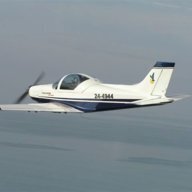-
Posts
256 -
Joined
-
Last visited

K-man replied to rgmwa's topic in Aircraft Incidents and Accidents

K-man replied to corvairkr's topic in Aircraft Incidents and Accidents

K-man replied to rgmwa's topic in Aircraft Incidents and Accidents

K-man replied to John Brandon's topic in Aircraft Incidents and Accidents

K-man replied to Phil Perry's topic in AUS/NZ General Discussion

K-man replied to John Brandon's topic in Aircraft Incidents and Accidents

K-man replied to John Brandon's topic in Aircraft Incidents and Accidents

K-man replied to DrZoos's topic in Aircraft General Discussion

K-man replied to Dieselten's topic in Aircraft Incidents and Accidents

K-man replied to Dieselten's topic in Aircraft Incidents and Accidents

